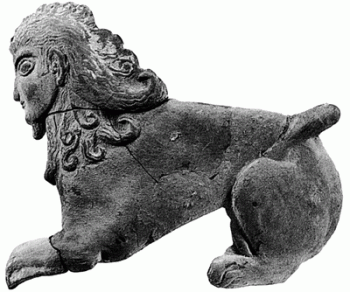American Journal of Archaeology | The Journal of the Archaeological Institute of America
You are here
Looking Beyond the First Palaces: Elites and the Agency of Power in EM III–MM II Crete
January 2006 (110.1)
Looking Beyond the First Palaces: Elites and the Agency of Power in EM III–MM II Crete
It is widely accepted that the First Palaces emerged around 2000 B.C., MM IB in ceramic terms, and that a palatial elite was the principal political, economic, and religious agent in Minoan society. The appearance of a series of innovations, such as palatial architecture, wheelmade pottery, administration, script, and high-quality prestige craft goods, has traditionally been attributed to the emergence of the First Palaces in MM IB. Palaces supposedly exerted control over long-distance contacts, even though exotic materials, objects, and ideas from the East were making their way to Crete in the preceding EM III and MM IA phases, apparently without the involvement of the palaces. There is, however, little archaeological evidence to support this interpretation of the First Palaces as the principal agents in society. This article proposes that we view these important innovations and changes in society from a different perspective—one that specifically emphasizes the agency of elite groups resident outside the palaces. A new framework for analyzing “elite ideologies” within the archaeological record is presented, and it is argued that the above-mentioned changes were politically motivated and should be understood within the context of ideologies involving emulation of and competition with other elites, both on the island and in distant locations. This elite behavior was aimed at negotiating, displaying, and legitimating status and power. Such an alternative approach provides insights into the organization of power in society and ultimately into the relationship between the First Palaces and their surrounding settlements.
Looking Beyond the First Palaces: Elites and the Agency of Power in EM III–MM II Crete
By Ilse Schoep
American Journal of Archaeology Vol. 110, No. 1 (January 2006), pp. 37–64
DOI: 10.3764/aja.110.1.37
© 2006 Archaeological Institute of America


